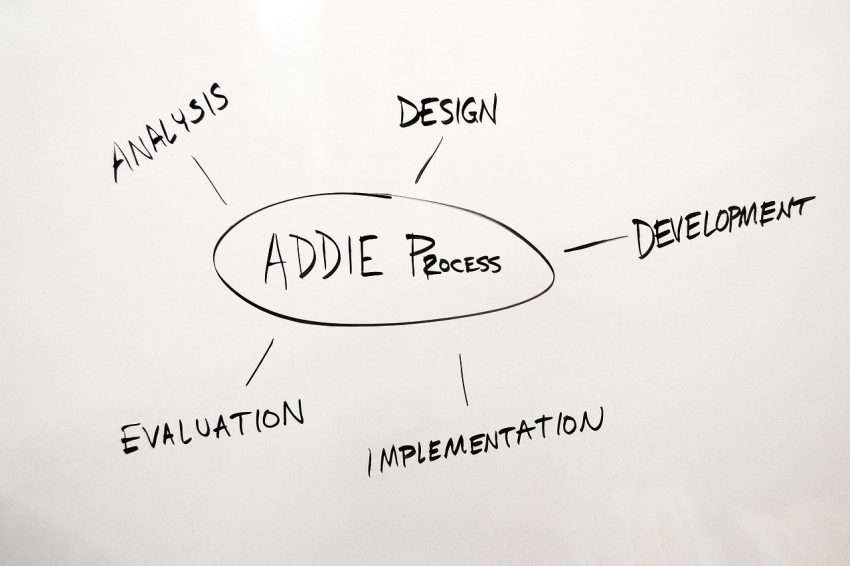Nowadays, more and more organizations are realizing that, as Deloitte points out in one of its latest reports, the person acquiring new skills must be at the center of the learning process, which must be personalized, integrated, hybrid, and continuous.
These skills are becoming more valuable in the labor market, which means that the abilities of candidates for new positions will be key for evaluation, training, and promotion within companies.
Let’s see, then, what trends are being identified in corporate training and how it’s transforming to adapt to the changing needs of professionals and companies.
1. New skills requirements and talent shortages are pushing companies to adapt
Professional skills, both technical (hard skills) and personal (soft skills) have become crucial for success in the workplace. There are certain in-demand skills that determine selection or promotion processes. Skills-based hiring, where skills are the basis for new hires and developing employees, is an approach that has been gaining momentum.
Lifelong learning is becoming essential for professionals, and companies must prioritize the upskilling and reskilling of their employees if they wish to retain them.
As technological advances and market demands evolve, it’s essential to train employees in relevant new skills. Soft skills play a key role, as adaptability, collaboration, and problem-solving become highly valued professional skills.
In fact, the aforementioned Deloitte report states that, according to a survey of more than 1,000 workers, 65% of them agree that the skills and competencies they need to perform their jobs have changed in the last two years.
2. Technology is changing the way employees want to learn
Training without technology is no longer contemplated, and new software and devices have been fully integrated into the training ecosystem of organizations. Employees, moreover, have expectations that these digital environments should have elements of gamification or social learning, combined, of course, with the personalization of learning experiences thanks to artificial intelligence.
So-called Learning Experience Platforms (LXP) which, unlike traditional Learning Management Systems (LMS), offer customized, employee-centered solutions, with proposals built around the employee’s needs, skills, and progress.
The virtual environment is steadily solidifying, along with various forms of e-learning, facilitating connectivity within global organizations with widely dispersed, predominantly remote workforces. The variety of formats will empower these team members to move beyond traditional in-person training, tailoring their learning experiences to various goals, schedules, and requirements.
In this sense, due to the decline in the attention span of users, micro-learning is becoming a dominant format, as it’s an easily digestible addition and/or alternative that can be incorporated into relevant tasks of the daily work routine.
Employees are ultimately looking for learning options that are self-paced and available on multiple devices. Training will become increasingly self-managed, allowing professionals to take control of their own learning process, known as self-paced learning.
As mentioned before, technology also makes it possible to apply certain elements of gaming to learning, in other words, gamification. This can be extended to all phases of the employee’s time within a company, from selection and onboarding to internal training in company development, engagement, and retention programs. And, if we’re talking about deeper gamification, why not use immersive video games for any of these objectives? Many companies already make the most of this format in their training programs, but the number is expected to grow, as are its applications.
3. Analyzing more data, quicker, is improving the training on offer
A specific aspect of the technology discussed in the previous point pertains to data generation and analysis, which is continually gaining in potency. In the realm of training and development, data reigns supreme. Collecting and analyzing this data empowers employees to identify their existing knowledge and skills, understand their learning patterns, and pinpoint areas for improvement, all essential for enhancing employability and advancing their careers. Data on how much time you’ve spent training, specific topics covered, interaction with learning materials, and the range of topics explored can prove highly valuable. This data not only facilitates referrals to other relevant learning content but also provides valuable insights into your overall progress.
In this context, artificial intelligence plays a key role. Learners receive automated suggestions for their individualized training based on their personal information, completed training, fields of interest, future career plans, and more.
4. Training and development is becoming an essential part of corporate culture
The possibilities offered by digitalization inevitably influence the learning culture that workforces both want and need. When individuals strive to acquire new skills, they invariably gravitate towards a learning culture characterized by qualities such as openness, trust, flexibility, and, equally important, guidance.
While more and more employees are embracing and demanding an open learning culture, others may still find it difficult to do so while working because they believe out of habit that learning only occurs in a formal, specific environment, such as the classroom. To create an open, informal learning environment, it may be necessary to use neuroscience or behavioral models to change learner behavior and incorporate lifelong learning as part of company life.
In rapidly evolving environments, the learning process may necessitate not only acquiring new knowledge but also shedding outdated mental models and behaviors—an essential aspect of growth and adaptation. Depending on the industry and type of organization, fostering a culture that encourages workers to experiment and try different solutions without the repercussions of failure could be an aspirational goal to improve internal innovation and individual learning. Fostering such a corporate culture undoubtedly requires time, specific actions, and support from management, but everything points to the fact that reality is pushing us in this direction.





